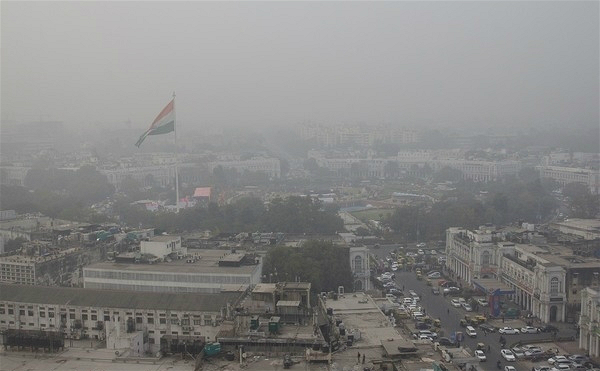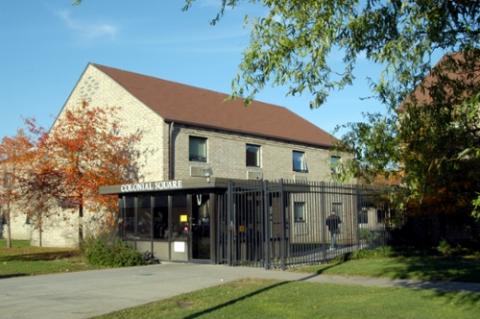Air pollution has always been an issue in Asia – northern India, in particular. The complication exacerbated over the past years, however, during which the burning of biomass, adulteration of fuel, vehicular exhaust omissions and a number of other factors have pushed the air quality of the New Delhi metropolitan area to beyond toxic standards, impelling the Indian government to declare a national emergency.
In particular, the city and its outskirts have grappled with an Air Quality Index (AQI) value of upwards of 350 in the past weeks, choking its nearly 20 million citizens, preventing the takeoffs and landings of aircraft and resulting in the immediate closures of schools and offices. To put this figure into perspective, the AQI value of the Town of Hempstead is around 10. That of Beijing, the Chinese capital often considered to be a cradle of particulate contamination, clocks in at slightly above 100.
New Delhi’s thick smog doesn’t just affect the city itself. The entire subcontinent’s economy and livelihood continue to suffer due to a lack of action to curb air pollution in New Delhi. Wind currents blow deleterious toxins in a southward direction, harming not just people, but also marine wildlife; and creatures that inhabit the pelagic zone struggle to perform photosynthesis. Many of my own family members, who reside in Tamil Nadu, the subcontinent’s southernmost state, are beginning to face the brunt of New Delhi’s negligence in tackling this problem.
The Indian government does maintain the Central Pollution Control Board, an organization under the Ministry of Environment, Forest and Climate Change, which serves to identify and mitigate pollutants in the air and in water bodies. Although the board researches and monitors pollution within the country, it has little jurisdiction to enforce the policies it champions. The vast majority of Indian cities continue to violate the air quality targets and standards the organization sets forth, a phenomenon attributable to rampant corruption.
Given that the population density of India far exceeds that of any modern nation, it comes as no surprise that transportation is a key concern for many. Although public transit systems operate at the municipal level, much of the rural populace of the country purchases cars and motorcycles. They rely on them as their primary means of transportation, given the scarcity of road or railway infrastructure in and around villages. It is this same contingent of individuals that tends to face financial struggles, and to whom cheaper fuel is often enticing. Such fuel, however – which usually takes the form of unsanctioned adulterations of diesel – emits larger and more dangerous amounts of vehicular exhaust when burned. Ordinary smoke can be fumigated, but the synergy of such smoke with sulfur oxides creates a much more perilous situation. Civilian complaints about this dynamic are swept under the rug by politicians and businessmen who profit exorbitantly from the presence of unclean air in Indian cities. We shouldn’t tolerate this sort of behavior.
The burning of biomass also contributes to a significant chunk of the nation’s air pollution. A 2014 article published in the Times of India found that the incineration of biomass accounts for nearly a quarter of the country’s total carbon and sulfur dioxide emissions, a statistic that has likely increased since then. The practice peaks around the harvest season, when agricultural workers dispose of waste en masse. The onset of Diwali, another periodic source of air pollution, brings with it plenty of firecrackers, which, although inconsequential on their own, amount to smog so intense that visibility is frequently obstructed.
A number of factors influence the current circumstances afflicting New Delhi. To most Americans, pollution in India isn’t all too important. Per the Office of the United States Trade Representative, though, India was the ninth-largest trading partner of the United States last year, as the Indian-origin population of the United States increases steadily.
Pollution affects the economy and climate, both of which are factors that influence the United States’ policies and biospheres. Global climate change is a real threat and we must remind ourselves that while India is a member of the Paris Agreement, the marble exterior of the Taj Mahal, one of the country’s most well-known landmarks, grows grayer by the month.







